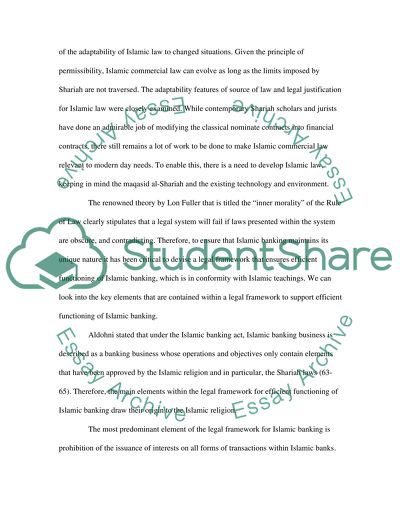Cite this document
(“Five essays in Legal and Regulatory Issues in Islamic Banking and Essay”, n.d.)
Five essays in Legal and Regulatory Issues in Islamic Banking and Essay. Retrieved from https://studentshare.org/finance-accounting/1489184-five-essays-in-legal-and-regulatory-issues-in
Five essays in Legal and Regulatory Issues in Islamic Banking and Essay. Retrieved from https://studentshare.org/finance-accounting/1489184-five-essays-in-legal-and-regulatory-issues-in
(Five Essays in Legal and Regulatory Issues in Islamic Banking and Essay)
Five Essays in Legal and Regulatory Issues in Islamic Banking and Essay. https://studentshare.org/finance-accounting/1489184-five-essays-in-legal-and-regulatory-issues-in.
Five Essays in Legal and Regulatory Issues in Islamic Banking and Essay. https://studentshare.org/finance-accounting/1489184-five-essays-in-legal-and-regulatory-issues-in.
“Five Essays in Legal and Regulatory Issues in Islamic Banking and Essay”, n.d. https://studentshare.org/finance-accounting/1489184-five-essays-in-legal-and-regulatory-issues-in.


